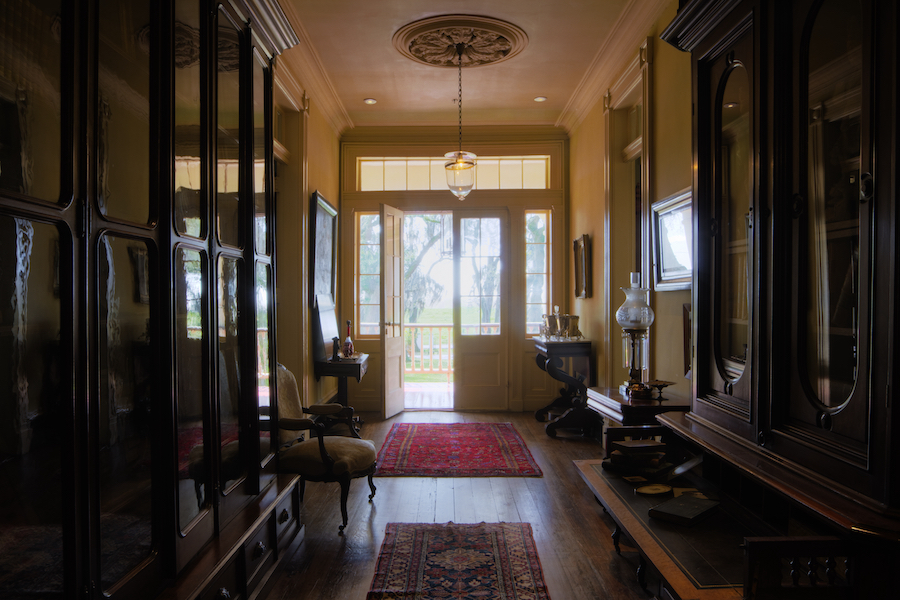IN INDIANAPOLIS, HISTORIC HOMES CAN BE HOT PROPERTIES
A newly constructed home is a blank slate – and that is appealing for some buyers. Others simply can’t resist the charm, character and unmatched architecture of older homes. Victorian, Colonial, foursquare, craftsman, bungalow, Cape Cod, mid-century modern, rambler, split level – residential architecture has varied greatly through our nation’s history, with a popular new style showing up every few decades. As a result, today’s buyers have more choices than ever in central Indiana.
Mary Jo Showley is passionate about historic properties, particularly those in downtown Indianapolis neighborhoods. “Many buyers interested in these neighborhoods love the diversity that comes in all forms. The homogenized neighborhood has little appeal for them,” she said. Urban Indianapolis neighborhoods were developed without zoning restrictions, so buyers are likely to find an interesting mix of home sizes and styles interspersed with commercial and industrial buildings. The most sought-after residential properties have been adapted to suit the 21st-century buyer.
INDIANAPOLIS HISTORIC HOMES ARE HOT PROPERTIES
“If a home is not livable for today’s lifestyle or it cannot be adapted to be so, it will be difficult to sell,” Showley said. Buyers who are attracted to historic properties or neighborhoods tend to love history in general, she added. In many areas, the Indianapolis Historic Preservation Commission details the history of each home, adding to a property’s intrigue for buyers. If walls could talk, after all, the long-live-in home has far more interesting tales to tell than a new build’s blank pages.
“The sense of community in each neighborhood is a great attraction,” Showley noted. “New construction lacks both history and that sense of community, which take time to develop.” Buyers of historic homes should be aware of certain restrictions they may face. Neighborhoods under the protections of the IHPC require approval when owners restore or improve a property’s exterior, which includes altering paint colors. And if a property has deeded restrictions by Indiana Landmarks, certain changes to the inside or exterior need to be approved. “A debt of gratitude is owed both of these entities – the IHPC and Indiana Landmarks. Many architecturally significant buildings were demolished before they existed,” Showley explained. “The U.S. has little history compared to most of the rest of the world. Structures represent what was happening in our culture at certain times in history. Architecture speaks loudly to that part of our past.”
In Indianapolis, Lockerbie Square was the first neighborhood to become gentrified. This close-knit community of historic homes is popular for its proximity to the city’s best amenities, including entertainment venues, restaurants and sporting events. “Other historic neighborhoods with the vision to plan walkable amenities for residents will develop, become popular and grow quickly,” Showley predicted.
She urges clients in the market for a historic property to strongly consider the Fletcher Place, Holy Rosary, Holy Cross, Cottage Home, Bates-Hendricks and Fountain Square neighborhoods, which have experienced marked revitalization. Every neighborhood has a personality all its own. Before settling in, know what’s happening in the community, how it’s organized, how neighbors communicate and whether most properties are owner-occupied or rented out.
“Absentee landlords many times have no interest in the condition of their property, their tenants or the neighborhood,” Showley said. To help in your home search, enlist the services of a real estate agent who shares your passion for historic properties and knows the city. “Where you live is best determined by how you want to live,” Showley added. “I tell that to buyers all the time.”
BUYING A HISTORIC HOME? START HERE
Have a thorough home inspection performed. Hire a high-quality, reputable inspector or structural engineer who is experienced in older homes.
- Make a list of required repairs and share it with several contractors who specialize in older homes. Compare quotes before choosing a contractor.
- Watch out for health risks. Lead-based paint and asbestos are known concerns in older construction.
- Understand how organizations like the Indianapolis Historic Preservation Commission and Indiana Landmarks can help you preserve a home’s character and value.
- Know which issues are deal breakers and should cause you to walk away – even if you think you’re in love with a home.





